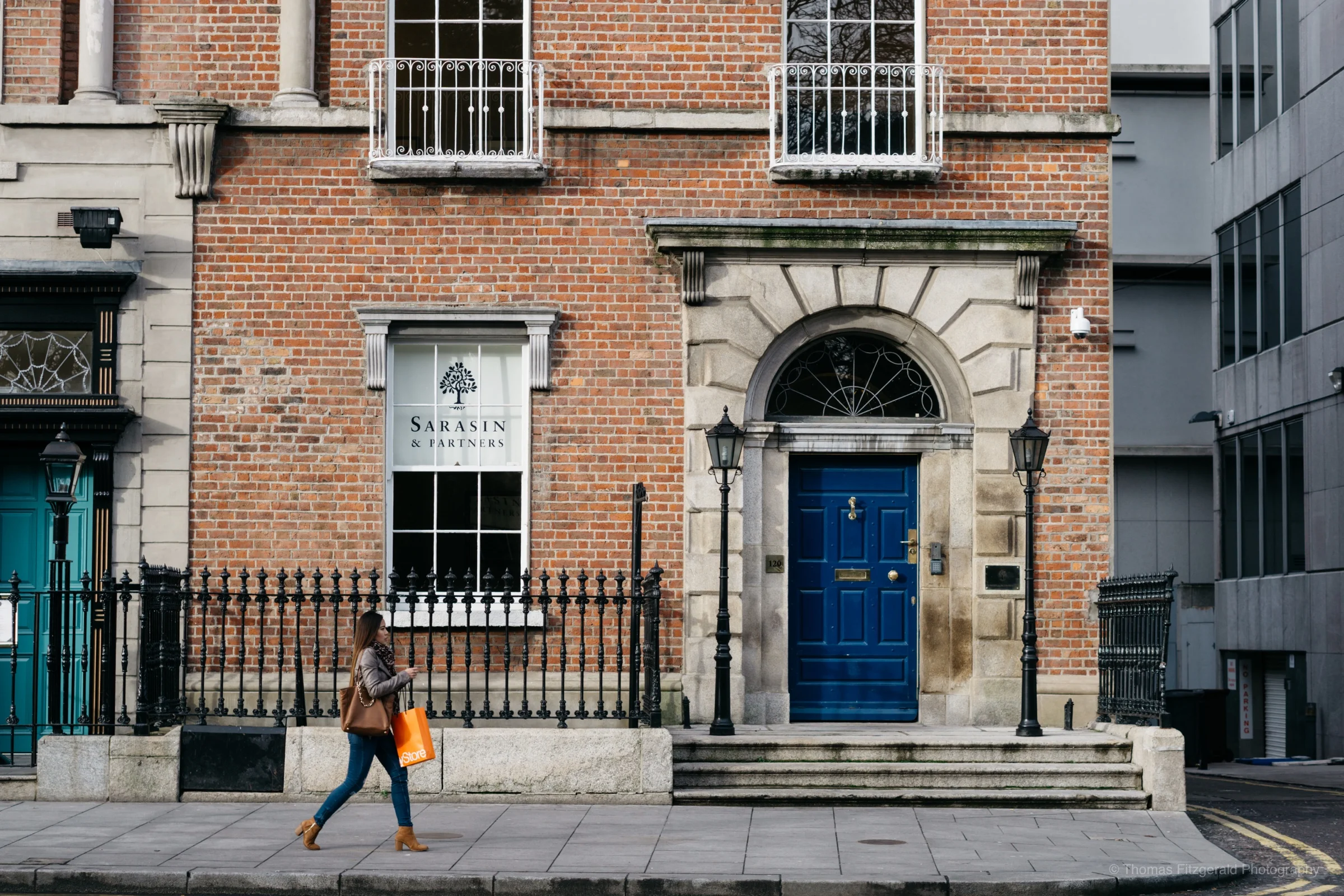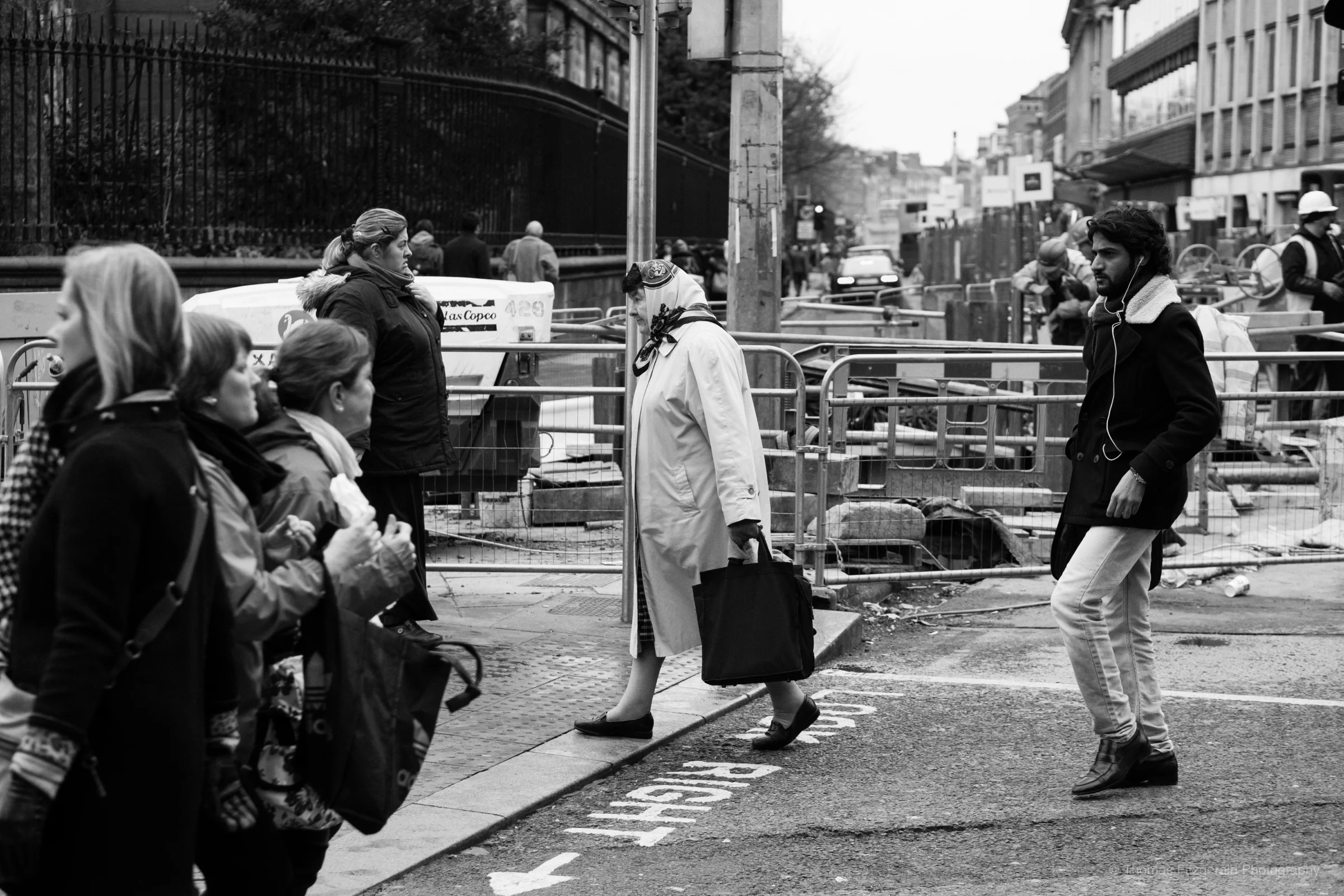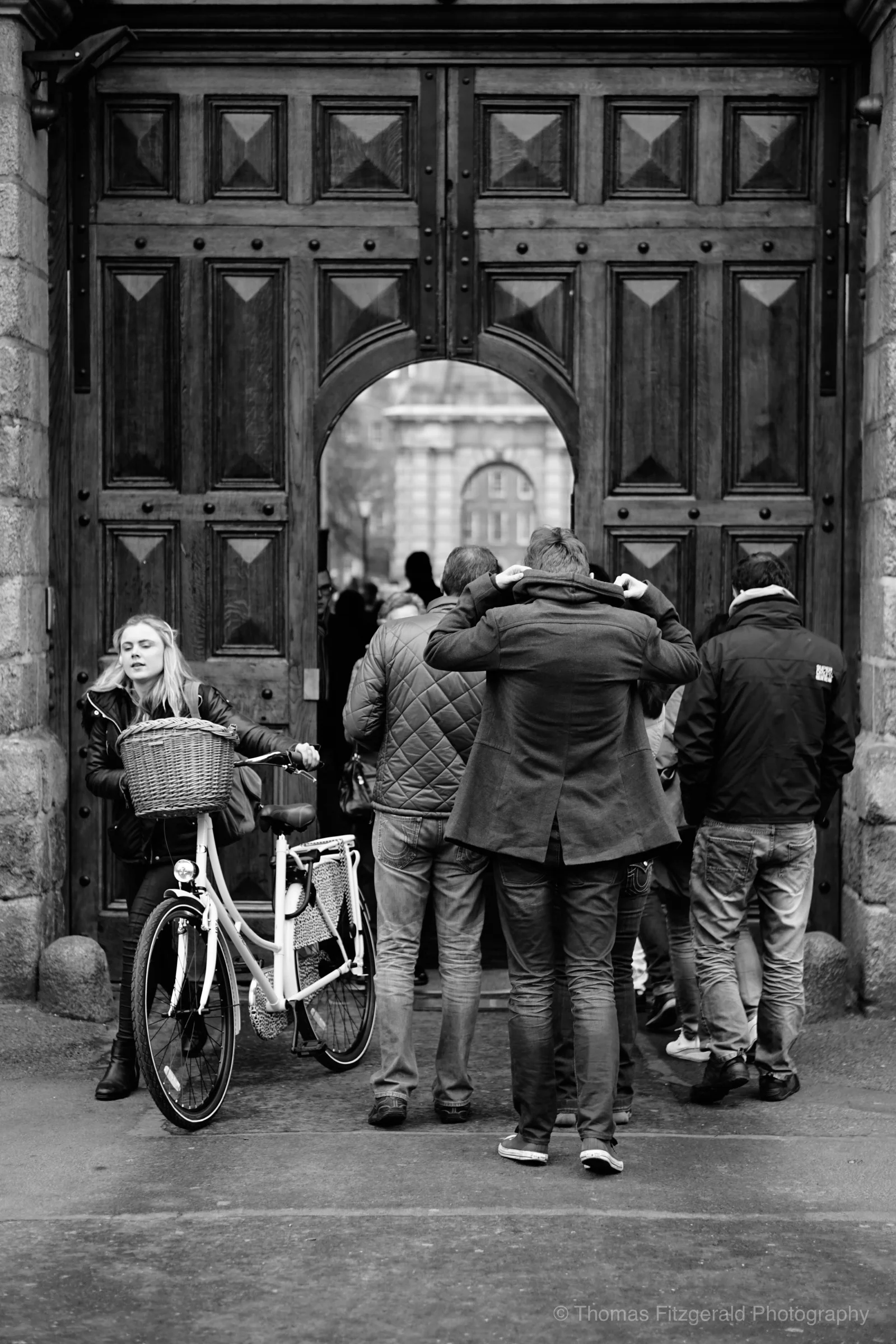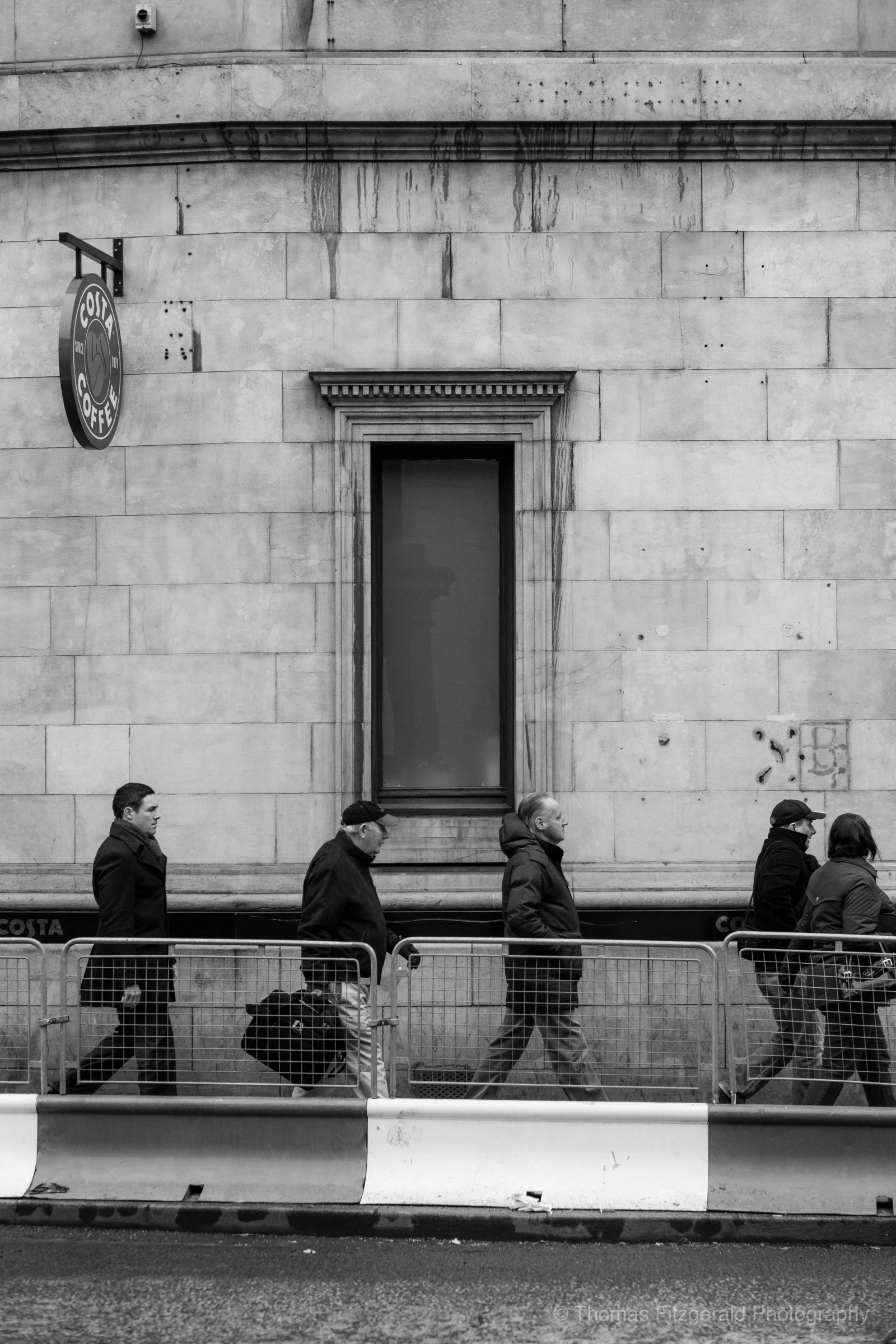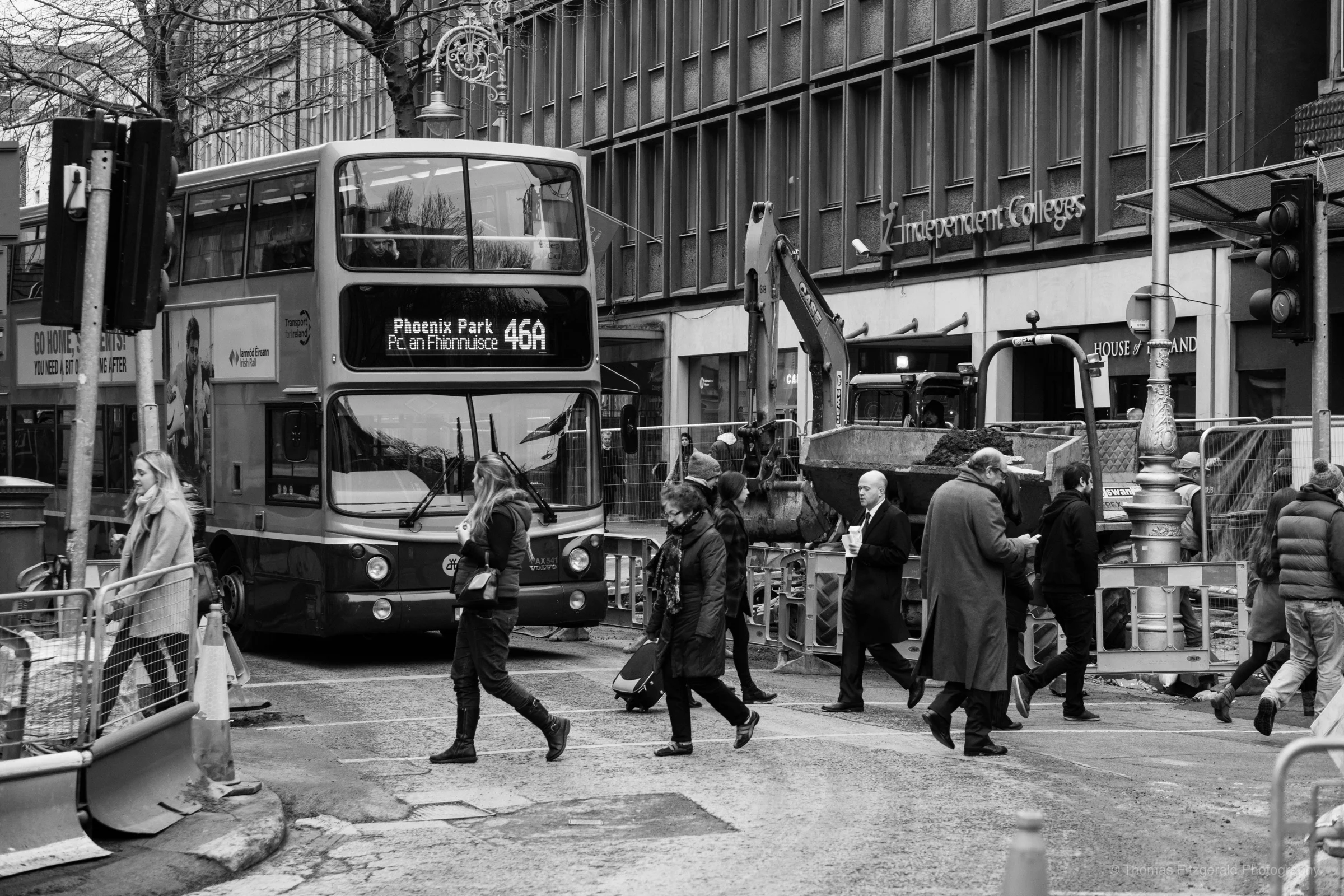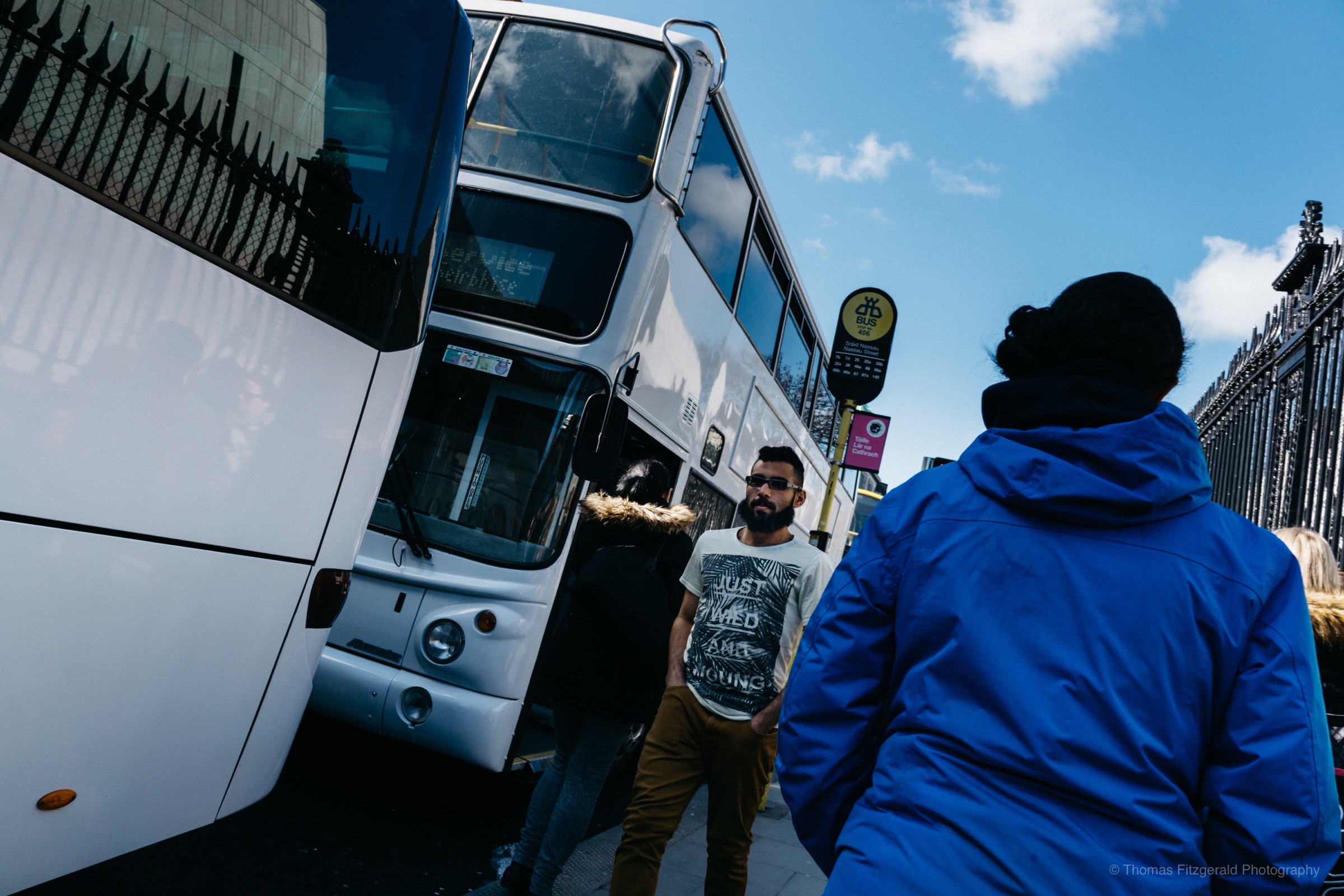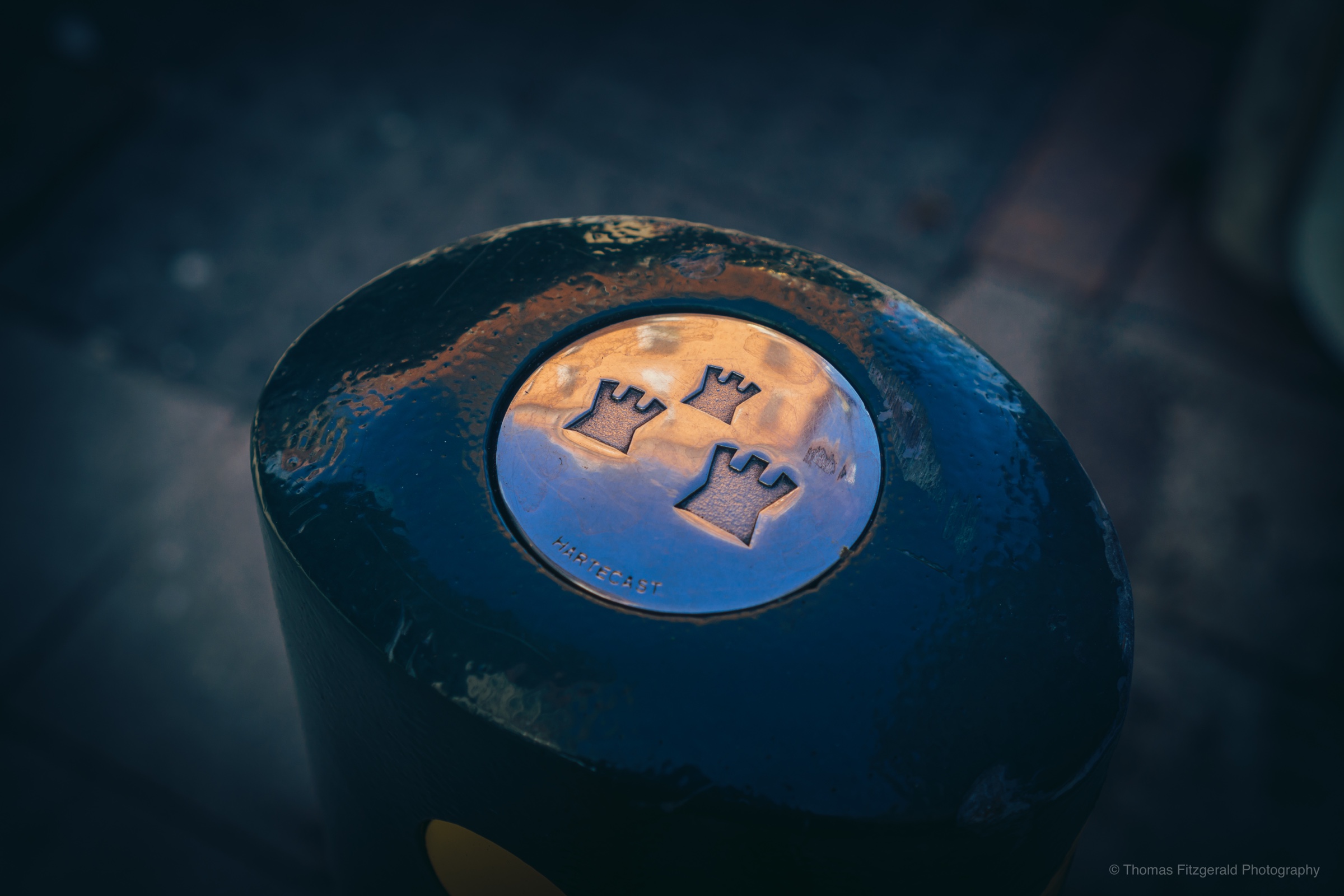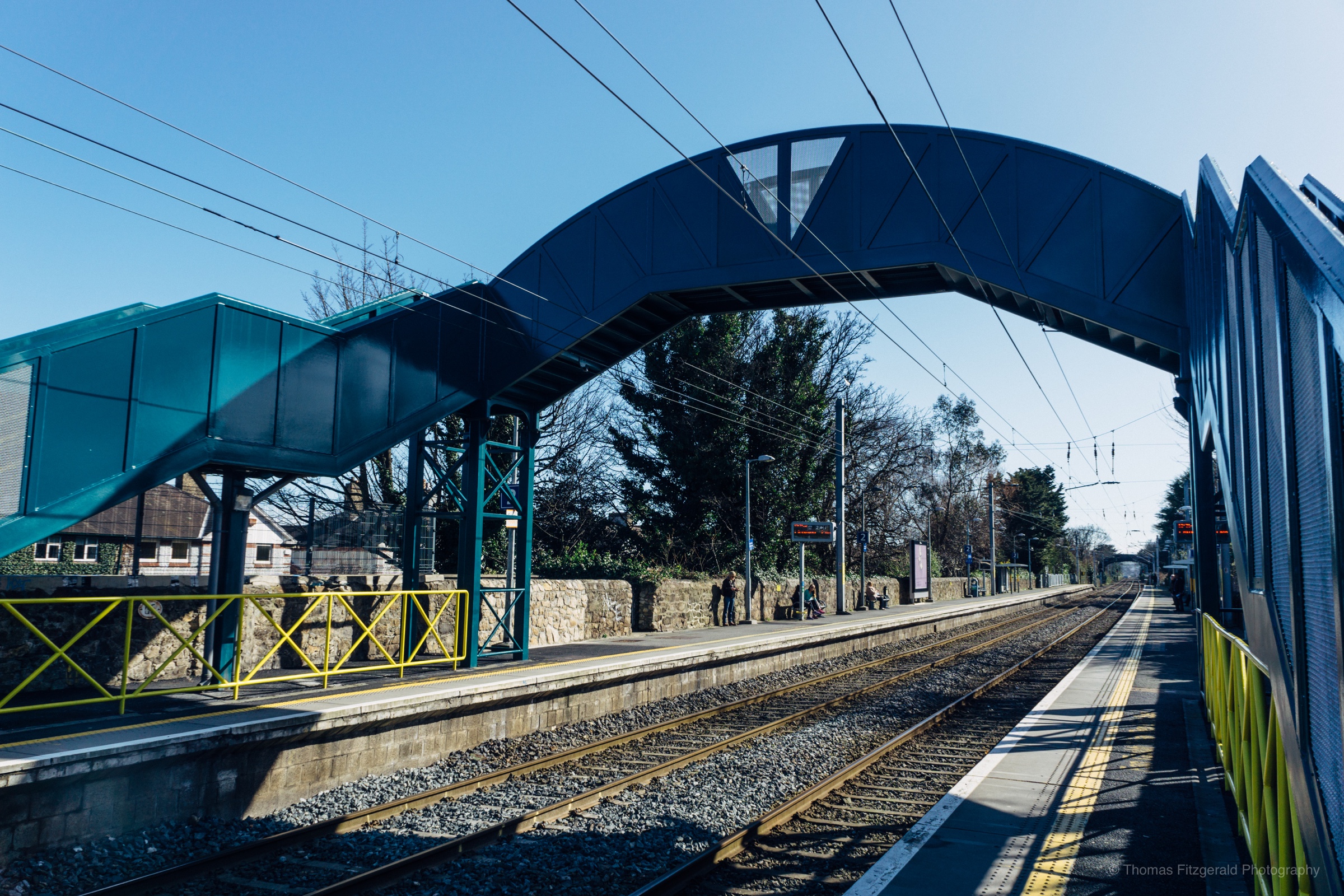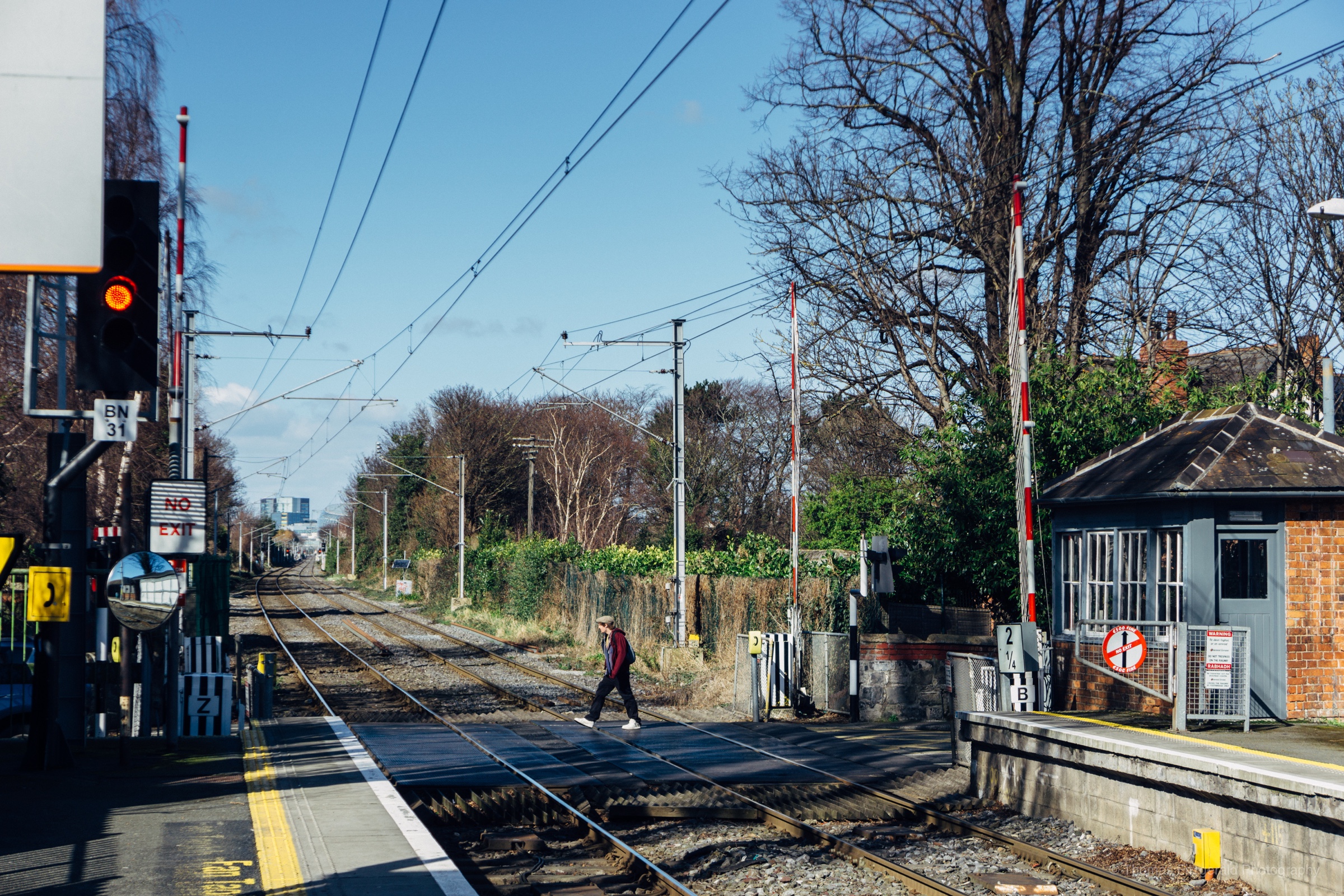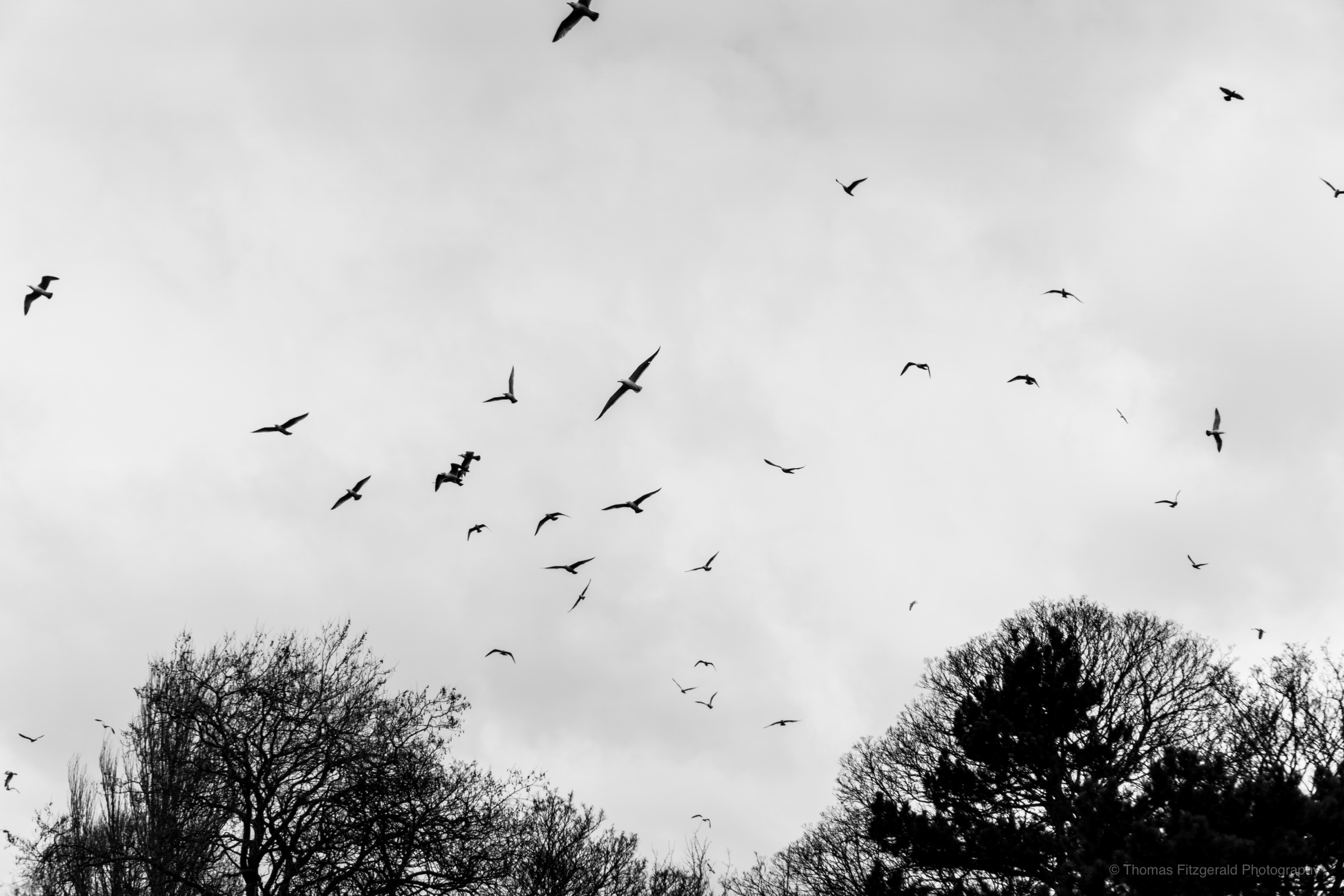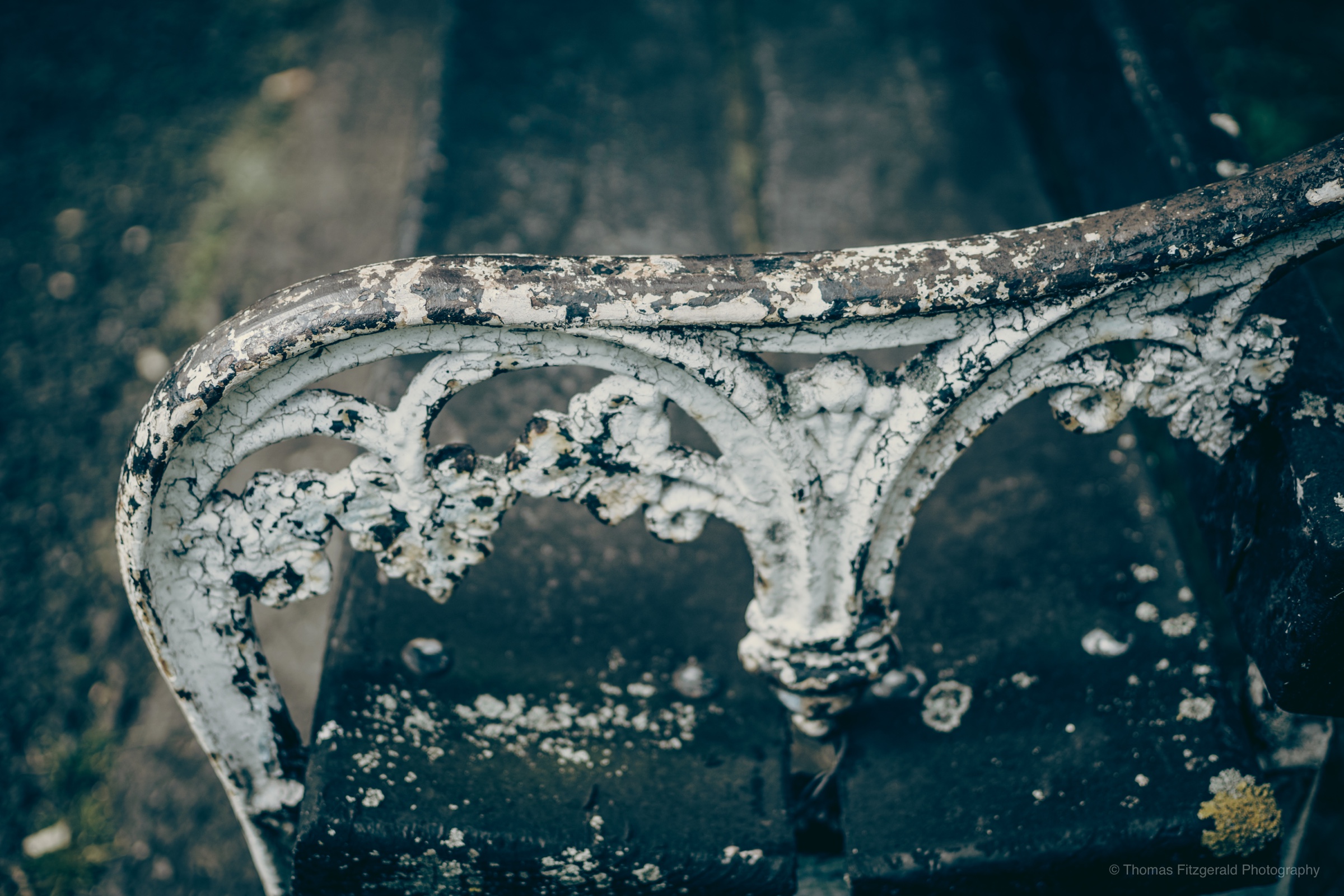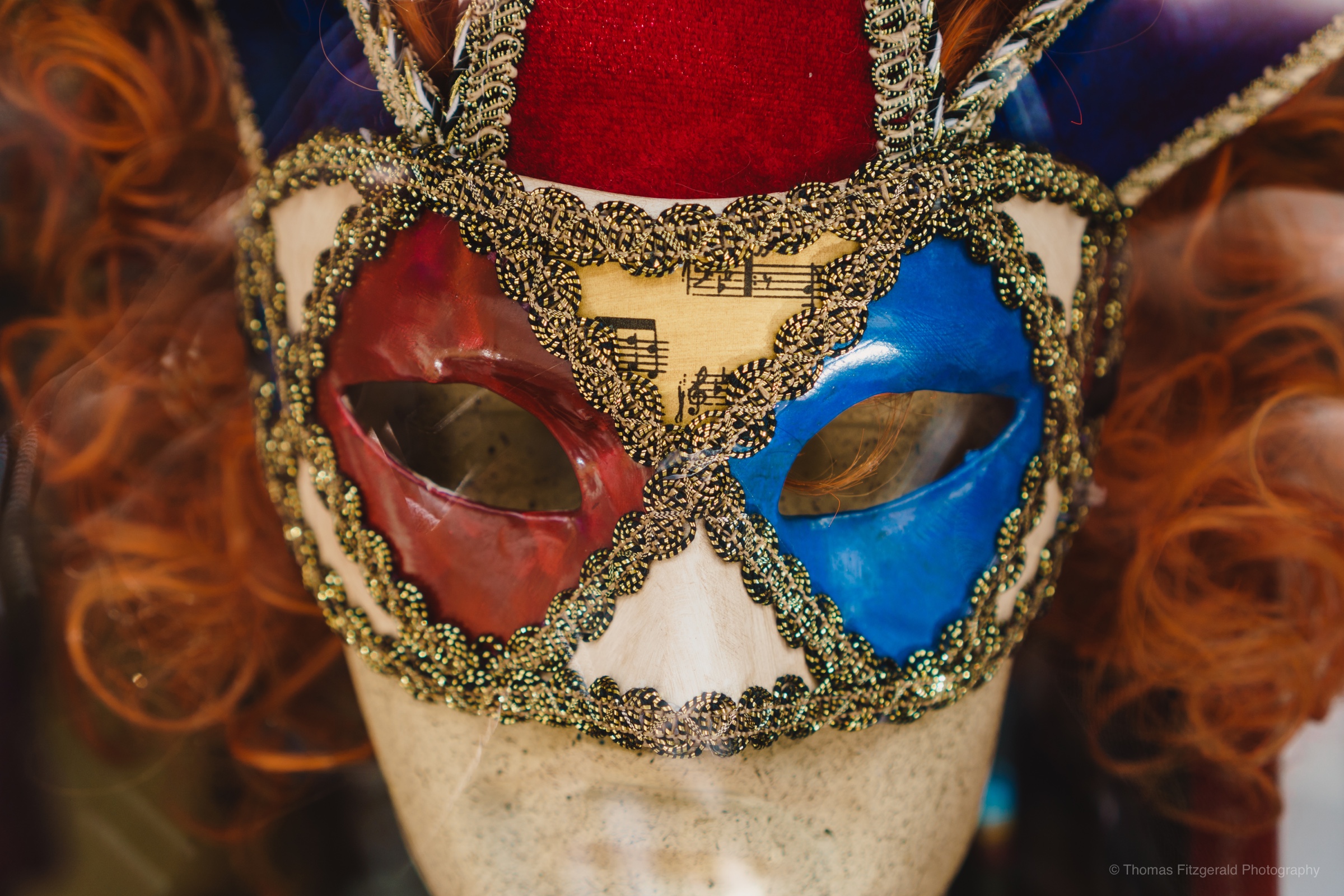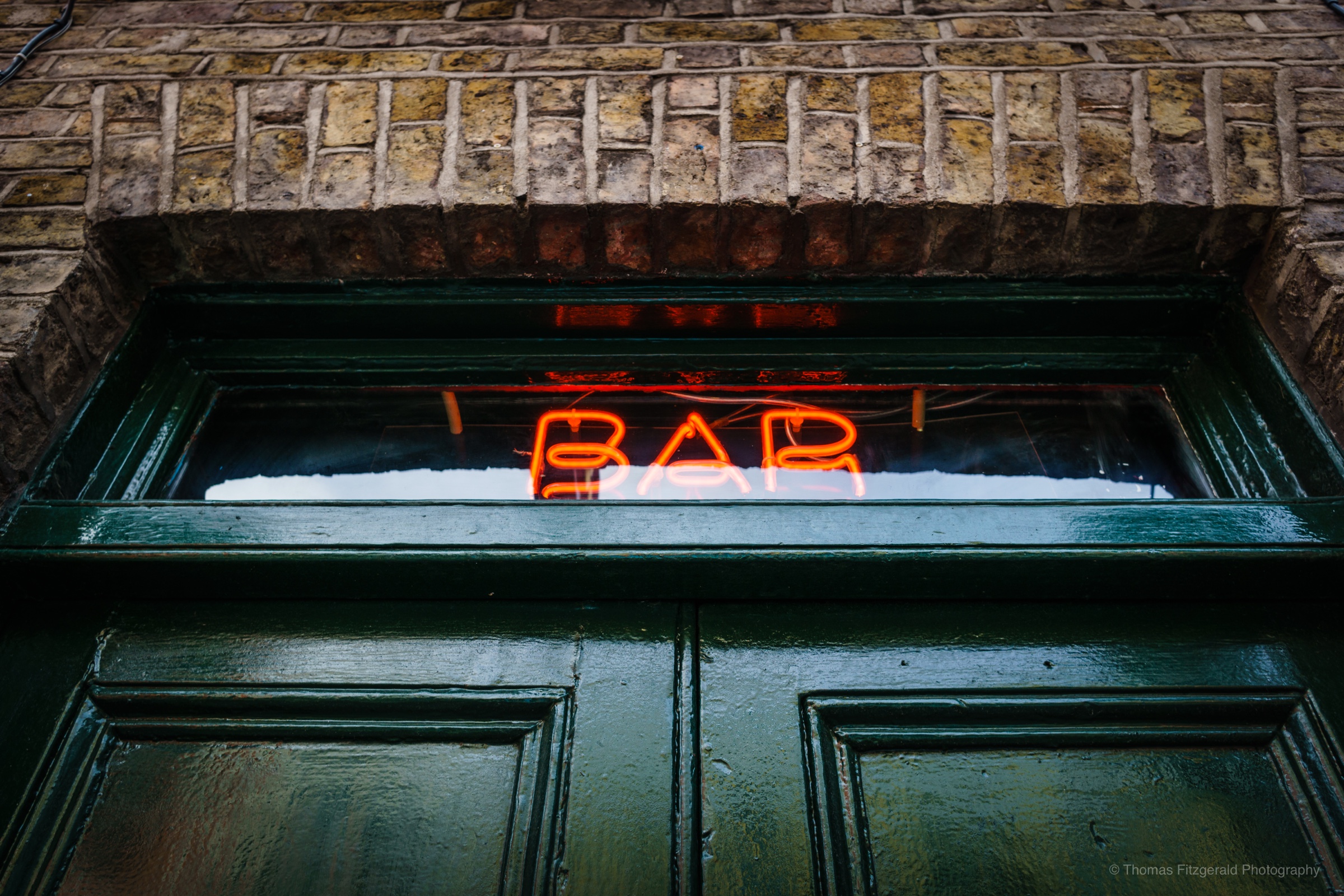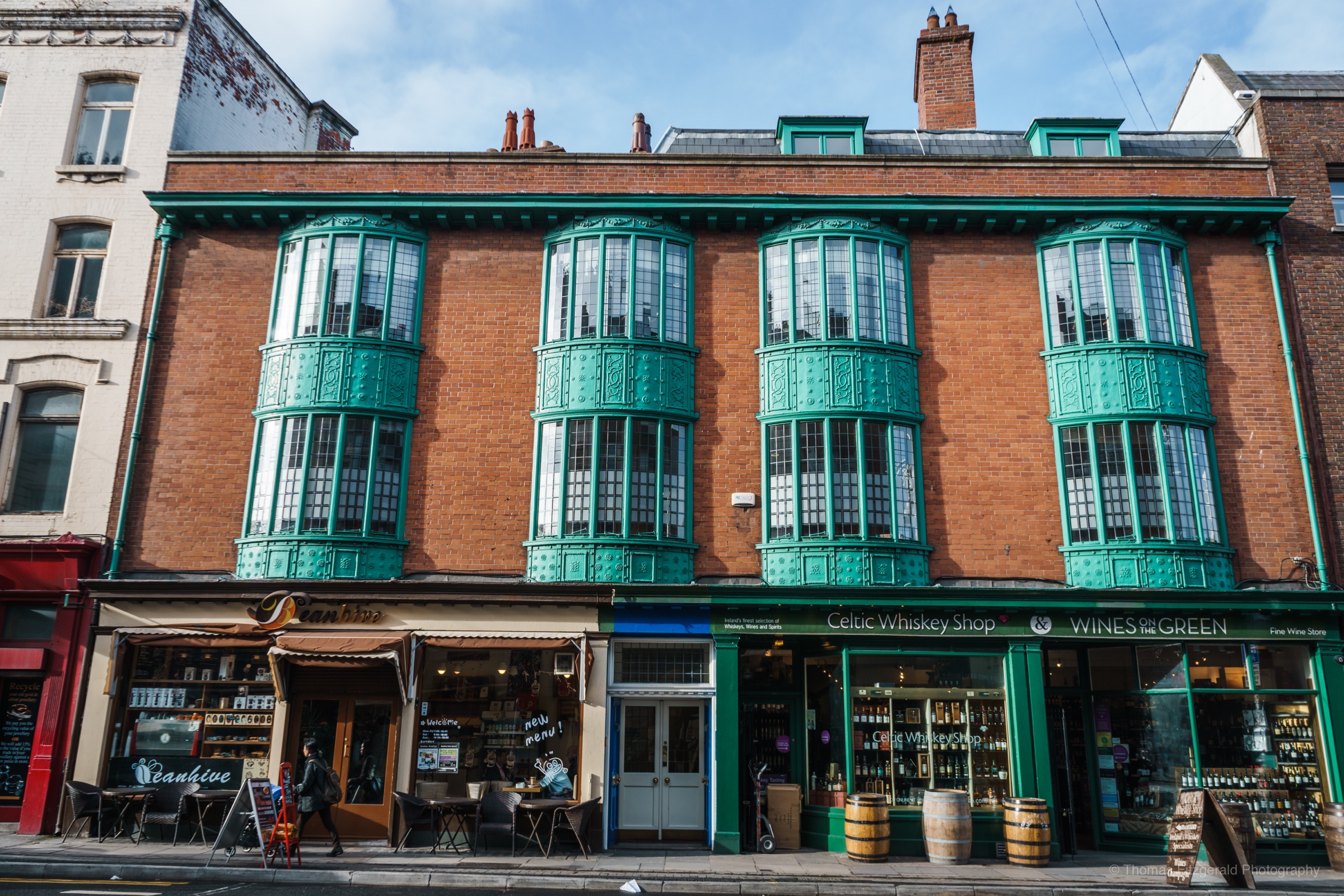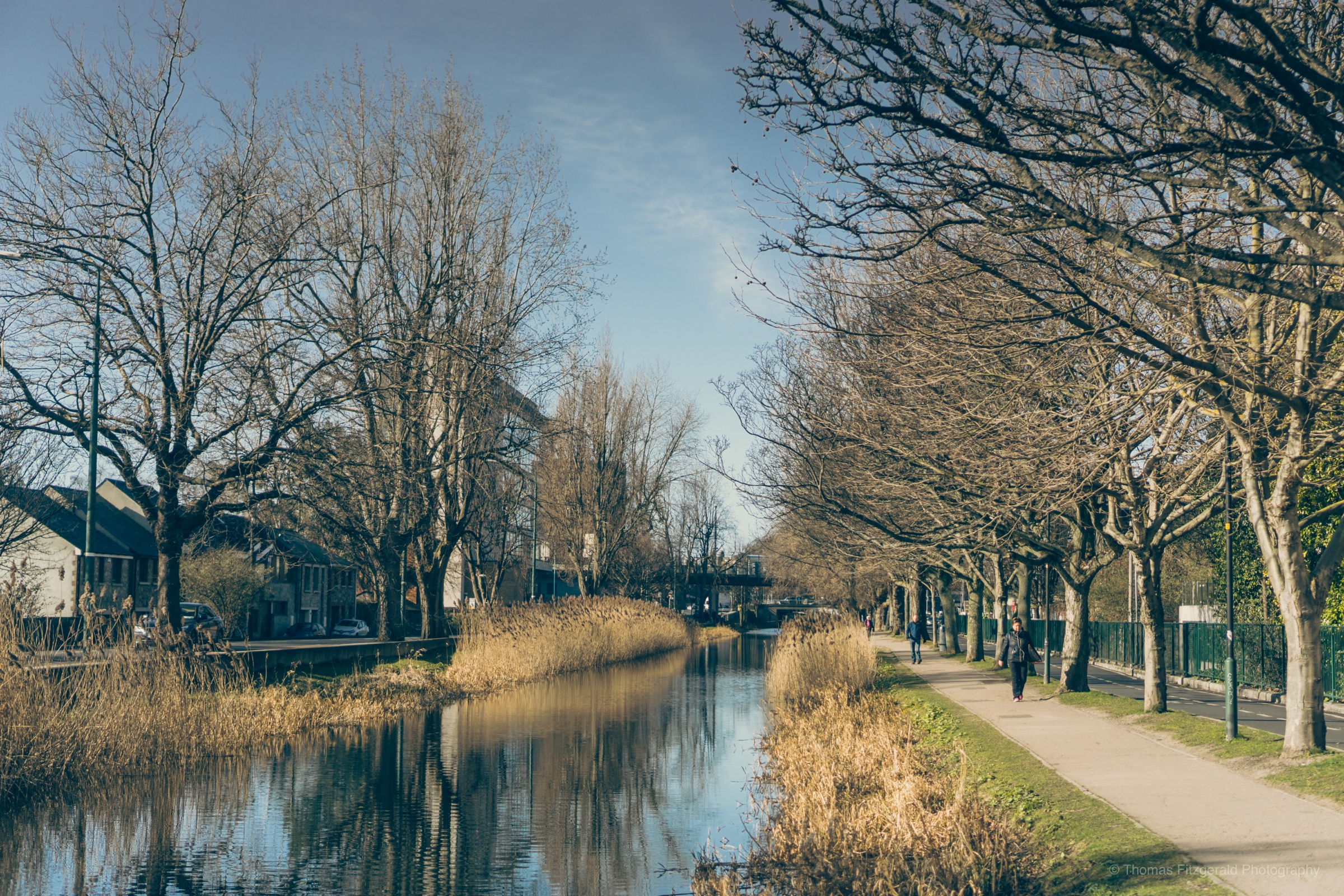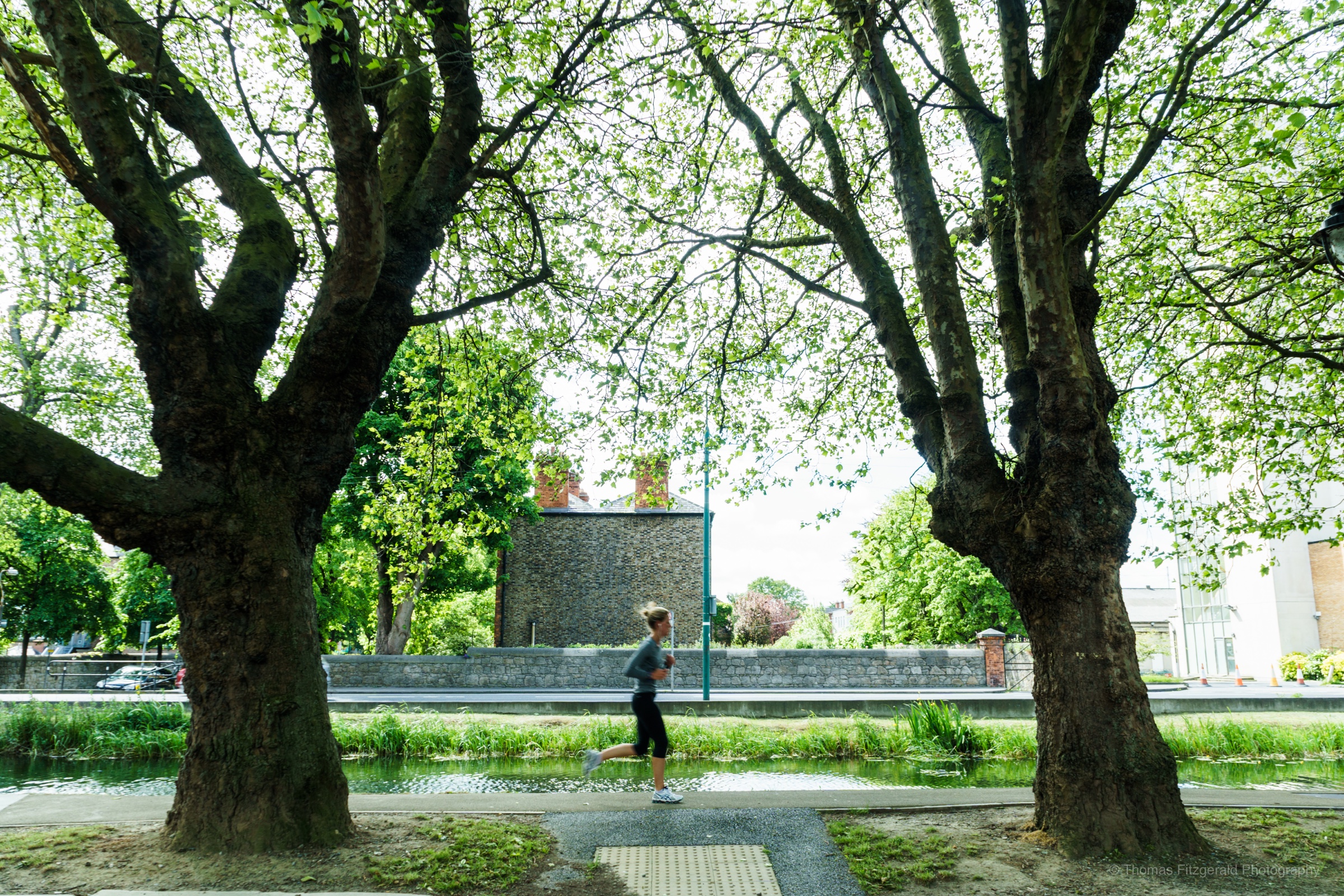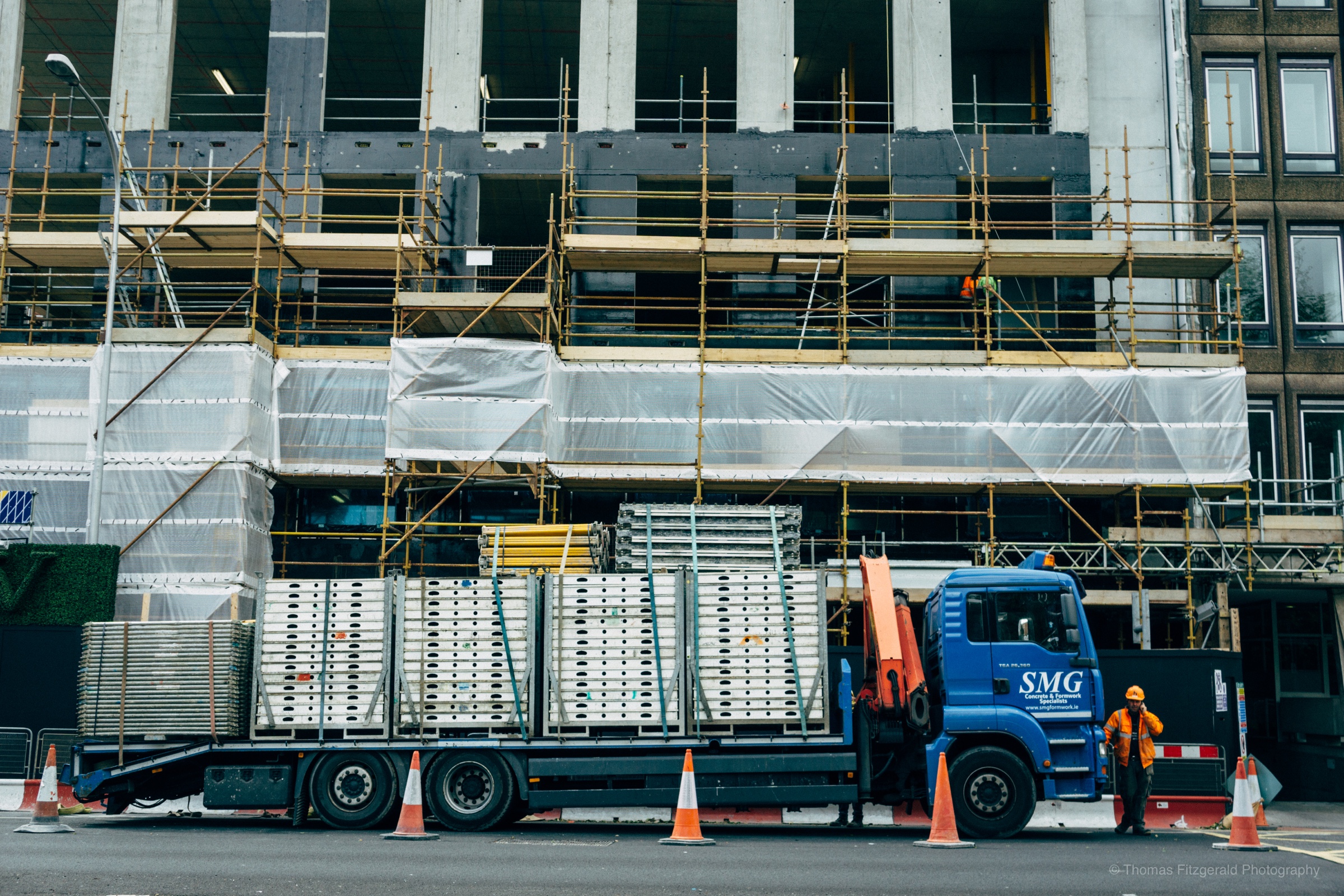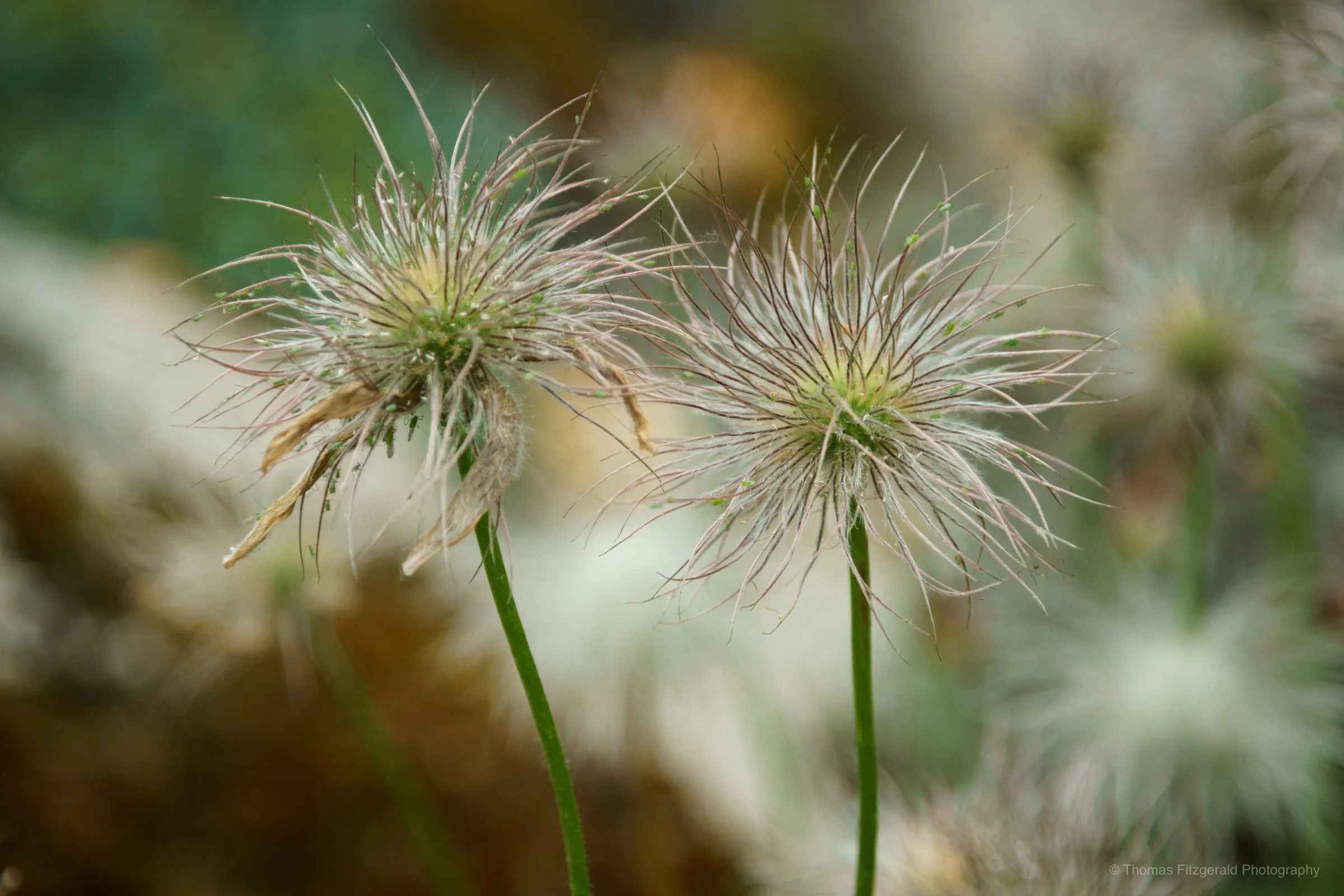A Year with the Sony A6000: A long term review - Part 3
...Continuing on from parts 1 and 2
Software
Sony gets a lot of grief for its software design, especially its menus. With the A6000, there certainly are some software issues, but I think the complaints about Sony's menus are a little overblown. With the NEX series, the menus were utterly horrible. They were borderline unusable. The A6000 uses Sony's Alpha menu layout (although the NEX layout is there should you really want to use that). The overall design of the menu system is similar to the layout Canon uses. There are groups that you move across horizontally and these lead to individual menu items that you scroll to vertically.
The issue most people have is the grouping of functions. Some menu items don't seem to make sense grouped together. To be honest, this really doesn't bother me that much. It's not that hard to find things, and I think a lot of people are bothered because it's not exactly like Nikon or Canon. Could it be improved? absolutely. There are certainly some things that are cryptically named and grouped, and some functions aren't the most obvious, but it's not the total end of the world deal beaker some reviewers seem to make it out to be, and it's certainly a huge improvement over the NEX menus. I'm sure some people will disagree, but that's my opinion after using it for a year. You get used to it.
One of the good things about Sony's software is the fact that you can customise the functions a lot on the camera. As I've mentioned earlier you can customise just about every button on the camera. You can also customise what's on the function menu, and you can customise the information on the display.
Wifi and Apps
There are two functions on the camera that I haven't used that much and that's the wifi and the apps. The camera includes wifi connectivity, and it also allows you to install apps. I've used the wifi a bit but I haven't used the apps that much at all. I did purchase the time-lapse app, but I haven't really used it much.
The wifi function allows you to connect the camera to your phone, iPad (or other tablet) through the use of Sony's Play memories app. Connecting to an iPhone is a bit of a chore. It's not madly difficult, just a bit cumbersome. You need to activate the wifi function on the camera which creates a peer to peer wifi network. You then need to connect to this from your iPhone (or other smartphone) which means entering the password that the camera gives you. This is a random collection of letters and numbers, and luckily you only have to enter this once. Once you connect to the cameras wifi you can then transfer images from the camera.
Transferring is actually pretty quick, although it only seems to send Jpegs to the iPhone app. I haven't really tried to mess with the settings to see if you can transfer RAWs, because I haven't had the need to. It's a handy function if you need access to your images and you only have a mobile device. If you have a Sony tablet or phone the process is probably a bit easier as it supports NFC and a one touch connection.
The one time I did try to use the App store took a while to get it to work. For some reason the camera had issue connecting to my home wifi network. The interface isn't particularly intuitive either. Once I did manage to connect I was able to purchase the time-lapse app using my Sony account - the same account I use on my playstation. It's a cumbersome and not very intuitive process but it does work. Incidentally, they really should have included the time-lapse function with the camera.
The company has also just released a new App for capturing skies. Called "Sky HDR" it allows you to merge two images of different exposures, with a controllable gradation between them, as if you were using a neutral density filter. While it's nothing you couldn't do in post, or with an actual filter, it's been receiving some good reviews. I haven't tried it myself yet, but the general reception has been positive.
Shooting Street Photography with the A6000
Despite my initial plan to use the A6000 for video, I actually ended up using it a lot for street photography. It actually works really well for this purpose. Over the past year, it's probably become my favourite camera for street shooting. Well, for now anyway!
There are a number of features of the camera that particularly work well for street shooting, at least for my style of street photography. First of all, as I mentioned earlier in this review, it's very fast. Most of the operations are very responsive and there's very little lag. This is important if something is happening in front of you and you have seconds to react. In these kinds of situations, I've almost never missed a shot with the A6000. It's not quite as fast as a DSLR obviously, but it's pretty good.
Using the flip up screen is very useful too, especially when you're trying to shoot candidly. If you have the screen pointing up you can easily glance down and check your framing without giving too much away or looking too obvious. Another useful feature is the face detection auto focus. If you're in a crowd or a dynamic situation the traditional method of shooting in these situations is to use zone focussing. But this method sacrifices the nice shallow depth of field you get shooting wide open. With face detection turned on, the camera is pretty good at locking on to the nearest face and it makes it possible to get shallow depth of field shots in fluid situations without having to be very obvious and look the through the finder. Of course this isn't a typical situation, but for this kind of "Hail Mary" shooting it works a treat.
The other big advantage of course is the camera's size. The A6000 is very small, and very inconspicuous. Coupled with a pancake lens or even on of Sigma's small e-mount lenses, you don't tend to be noticed or draw attention to yourself. Even if you are engaging with people and not shooting candidly, the camera's size means that it is in no way intimidating.
Comparison to the Fuji X-E1
I said at the start that I didn't want to do comparisons of the camera with lots of others as there are plenty of sites that do that, and probably do it better than I can. Having said that, there is one question that I keep getting asked, and that is how does it compare to the Fuji cameras. I'm kind of reluctant to compare it because the Fuji Camera that I have is the Fuji X-E1 which is much older than the A6000. I also don't really want to open this can of worms as people can be quite passionate about such things, but, as I keep getting requests for my opinion, here it goes. (I'll do my best to be as objective and balanced as possible)
One thing that's important to remember with these comparisons is that until the X-T10 came out recently, the cheapest Fuji X-Trans camera was about €400 more expensive than the Sony A6000. With the X-T10 this dynamic changes, as there is now a much closer price comparison. I haven't used the X-T10 however, so this comparison will be based on my experience with the X-E1.
The A6000 is a much faster and more responsive camera than my X-E1, but that's not a fair comparison, because as I said, it's a much newer camera. I believe the newer Fujis would be just as fast. Having said that, shooting with the X-E1 is a more enjoyable experience most of the time, due to the abundance of physical controls, and the fact that the EVF and screen doesn't have the issues I've mentioned above. Having said that, the X-E1viewfinder is not nearly as bright as Sony's and it's much harder to see in bright light. I'm sure newer Fuji cameras are much better, and that's what I've heard from others.
Image quality wise, again it's subjective. In good light with a good lens the Sony's sensor gives great results. It's definitely capable of capturing more detail than the Fuji, which isn't surprising given the difference in resolution. There is a small amount of noise, but it's not an issue as you can get rid of it with a tiny amount of noise reduction in Lightroom. The Sony also doesn't have any issues with fine detail and raw conversion in Lightroom. If you're shooting landscape photography in particular, the Sony renders detail much better, especially if you're using Lightroom. In my subjective opinion, the Sony renders flesh tones much better too. It's not so much about the colour, but the actual texture. I find that in certain situations, faces have a weird plasticky texture on fuji cameras.
This depends a lot on how you post process the raw files too. It's not so apparent if you're shooting portraits, but if you're shooting street or something similar where you see a whole person in the frame, there's something about the resolution and the way x-trans works that leads to a weird texture in flesh tones. It's not all the time and it's only in certain situations, but I've never seen this in imagers from the Sony.
At higher ISOs however the tables turn. Fuji's images are much cleaner at higher ISOs. After you go above ISO1600 the Fuji sensor is clearly better. If you mainly shoot at high ISO, then the Fuji is definitely better.
In terms of colour, Fuji has a reputation for great colours, but I really like the Sony colours as well. I don't think you can say one is better than the other, they're different. Fuji's colours are bold and demand attention, where as the Sony's are delicate and faithful, and can be really beautiful in the right conditions. Dynamic range is subjectively better on the Sony too. At lower ISOs anyway.
In terms of video there is no comparison. The A6000 wins hands down here. the video on the Fuji X-E1 is abysmal. It's blocky, aliased and extremely poor quality. If you want a camera for video then forget about a Fuji camera for the moment. Hopefully Fuji will improve video quality in the future, but for now there's no contest.
The other thing to think of is the ecosystem. Fuji has an excellent selection of lenses. Sony on the other hand, doesn't have as good a lens line up, at least in ti's APSC e-mount line. There are some good lenses in the FE lineup, but these are much more expensive than the Fuji counterparts. i think this is the single weakest aspect of the Sony APS-C cameras.
As I said at the start of this section, these thoughts are just my subjective opinion based on using both cameras extensively. I'm not going to do comparison shots or post charts trying to justify an opinion, because there's really no point. I'm providing this for those who want an honest opinion based on actually using these cameras over a long period of time, and If you don't agree with my assessment, that's fine. If you want that level of technical comparison, there are plenty of resources out there that have those kinds of details. I suggest looking on DPReview as they have comparison images that you can use to directly compare at a pixel level.
Conclusion
If I was to sum up how I feel about the A6000 in one sentence it would be this: It's a camera that is occasionally frustrating to use, but can produce some fanatic results. With the right lenses at lower ISOs the camera's sensor can capture an amazing amount of detail, great dynamic range and superb colour. To get the most out of the camera it takes spending a lot of time with it to get used to its quirks and to learn what to expect from it. It certainly has some limitations. The software issues, and the problems with the screen and the EVF are my biggest gripes with the A6000. However, as I use it and as I've been writing this review, I have to keep reminding myself that it's a relatively inexpensive camera. It's probably going to be replaced soon too, so there are undoubtedly lots of deals to be had. If you want an inexpensive camera that shoots great stills and great video this is a good option so long as you're aware of its limitations. It would also make a great back up camera for A7 series shooters.
Apart from the screen and display problems that I've mentioned, the biggest issue is the lack of high quality lenses in Sony's APSC e-mount lineup, specifically good prime lenses. While the company does have some highly regarded lenses in the full frame e-mount line up, these are very expensive, and cost several times more than similar lenses from the competition, specifically Fuji. While you can adapt a wide range of lenses from other camera systems to work on the Sony, the lack of resolution in the EVF makes focussing a little more difficult, and in my experience results in eye strain after a while. While focus peaking is a very useful aide to focussing manually, it's far from perfect, and you still need to check focus by zooming in. But there is no denying the flexibility of the platform when it comes to using a wide variety of lenses, and this is perhaps biggest strength.
At the end of the day, perhaps this is the best thing I can can say about the A6000: I bought it as a cheap camera for shooting video, but I ended up using it extensively over the past year, for both stills and video. Despite the fact that I have better lenses for my Fuji and Nikon cameras, when I look back through my library over the past year, the camera that I used the most was the A6000. As I've mentioned several times, it can be frustrating to use, but I still used it the most over the past year, so they must be doing something right. If you want to shoot high ISO you probably should look elsewhere, but otherwise, it's a great little camera. Oh, and once again, it's really cheap for a 24mp camera.
Pros
- Fantastic image quality at low ISO
- Superb dynamic range
- Great, natural colour reproduction with the right lenses
- Expandable through apps
- Wifi makes it handy for posting to social media while on the road
- Very fast operation and autofocus
- Very good camera for street photography
- Adaptable to just about any lens mount
- Good quality video
- Video friendly tools including full manual control, external video recording and adjustable zebra patterns
- Small and light but not fragile or too light
- Flexible raw files with no issues in most raw conversion software
Cons
- Poor software design in places
- Screen isn't great.
- Live view feed is delivered in a weird way, and is desaturated and grainy compared to final image. Does not show an exact version of what you will shoot.
- EVF resolution can be an issue when trying to manually focus.
- Poor selection of native e-mount lenses for APSC sized sensor cameras from Sony
- Noisy at higher ISOs
- Small amount. Of noise at base ISO and in the shadows, but this can easily be eliminated with noise reduction.
- JPEG quality at high ISO is very poor due to poor noise reduction algorithms
- Wifi interface is clunky
- 16:9 screen is not ideal for shooting stills and wastes the resolution of the screen
Gear Mentioned in this review!
If you want to help this blog and you're considering buying any of the gear mentioned in this review, then please consider purchasing though our affiliate link with B&H Photo.
Alpha a6000 Mirrorless Digital Camera with 16-50mm Lens (Black)
Alpha a6000 Mirrorless Digital Camera Body (Black)
E 50mm f/1.8 OSS Lens (Silver)
35mm f/1.8 OSS Alpha E-mount Prime Lens
T Smart Adapter Mark IV for Canon EF or Canon EF-S Mount Lens to Sony E-Mount Camera
If you're an A6000 Shooter and you want to improve your Lightroom processing, I have a new guide e-book for post processing Sony A6000 Raw files in Lightroom. It's available now for €5 from my digital download store. Head on over to find out more, and for a sample chapter.
Here are some more images taken with the A6000:
Help Support the Blog
All of the work I do here, and the information on this blog is done entirely free of charge and takes up quite a bit of work. I want to spend more and more time on this blog, and offer more and more of this kind of information, tips and so on, so If you like what I'm doing here and want to show support, then you can do so by buying something from my Digital Download Store
I have Lightroom Presets, Photoshop ACR Presets, Textures and e-books all available for download.
If you're a Fuji X-Trans shooter and Lightroom user, check out my guide to post processing X-Trans files in Lightroom. I also have a guide for processing X-Trans files in Capture One







